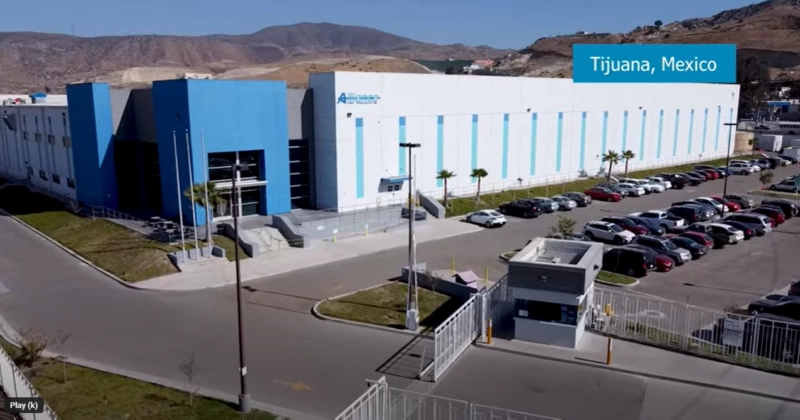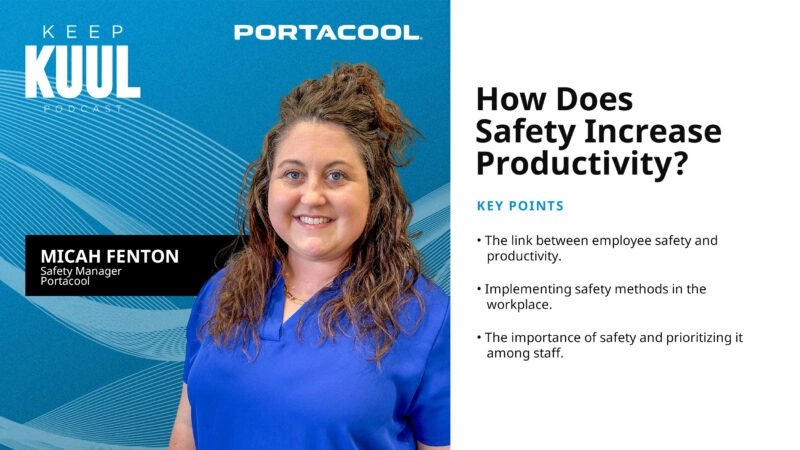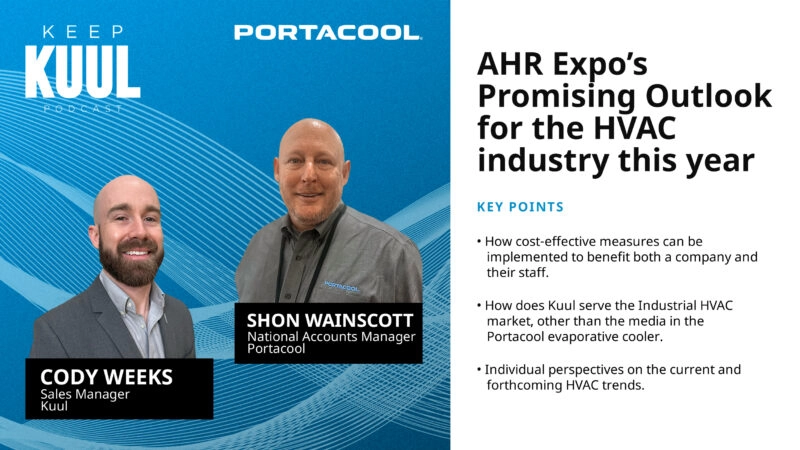Keep Kuul: The Cost of Heat Stress and Heat Injuries in the Military and the Correlation to Civilian Occupations.
Shon Wainscott, National Accounts Manager at Portacool, sees a direct correlation between keeping cool in the military and keeping cool on the job. Wainscott spent fifteen years serving in the Army, the bulk of that time in the infantry. He spoke about his experiences with Tyler Kern and why it’s essential to have the proper temperature control to get the job done without heat stress or injury.
Infantry duty is a demanding job that can mean carrying heavy gear on foot. “Carrying that amount of equipment, 70, 80, 90-pound rucksacks on your back, would generate a lot of heat,” Wainscott said. “And typically, out in the field when we’d be out on these exercises and maneuvers, we would have to travel miles and miles throughout the day.” And Wainscott’s job didn’t stop during the warm months. The heat could have a tremendous impact on the soldiers.
For jobs where a hot environment is ever-present, a worker may need to find a different position or even employment without the proper temperature control solutions. “If someone were to go down with heat in a manufacturing facility, that doesn’t mean their job isn’t going to get done; it means that someone else is going to have to step up and take their place, or they are going to have to be cross-trained and do that position for them,” Wainscott said.
Wainscott noted today’s challenging environment in finding workers, especially in production and manufacturing. “It’s even more important to retain the employees you have, and one way to do that is to provide them with a cool, comfortable work environment, so they don’t want to go look for something else.”




